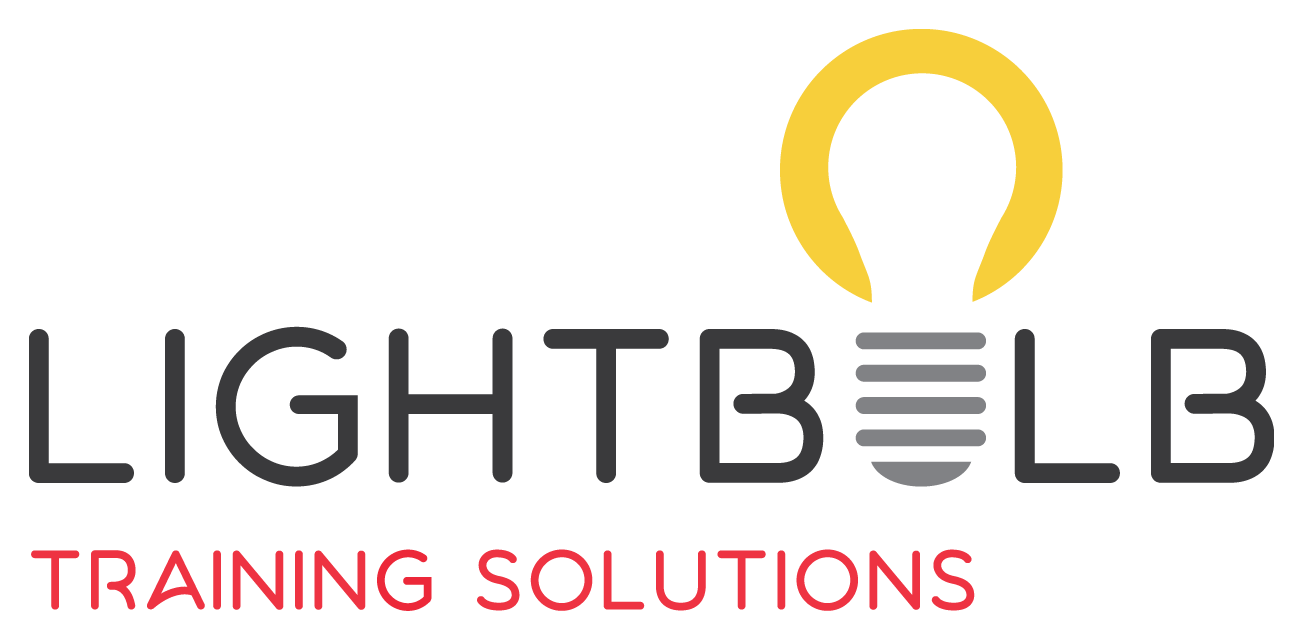How to address the 7 toxic meeting behaviours
Too often business owners/managers tell me they don’t run customer service meetings because they don’t have time to arrange them and staff don’t have time to attend them. Often, when I dig a bit deeper, they confirm they have never attended an effective workplace meeting, don't believe you need an agenda (or know how to set one) and hate having to manage the behaviours of the attendees. It’s simply easier not to have the meeting.
This is a big problem because well run customer service meetings are gold for every business.
Meetings are an activity that bring staff together to share information, make decisions and solve problems and how well this is done, depends on the interplay of a range of factors. People are complex and their behaviours in groups can be unpredictable.
TIPS TO STOP THE 7 TOXIC MEETING BEHAVIOURS
1. Talkers and whisperers
Stop the meeting momentarily as all meetings require participants to respect each other’s time and attention. Politely ask them to defer their conversation to after the meeting. If their talking or whispering is about the meeting topic, ask them to share with everyone.
2. People who talk for too long
Politely break in and thank them for their contribution, then ask others to have input to gain a broader view.
3. Irrelevant interjections
You can try guiding the interjector back to the subject or overlook their request to talk if you are certain that their comments will be irrelevant. If they persist, remind them of the Agenda and the time limitations.
4. People who disagree or argue
Ask the group whether they think the comments are helpful. Do they agree with the comments being made? Disagreements can lead to new information and different perspectives and this can add great value to a meeting IF the information and perspectives are delivered respectfully.
5. People who cling to an idea and won't move beyond it
Ask them to keep their comments brief and match their output with contributions from others. Again, remind them of the time limit and if necessary, suggest a post meeting catch up.
6. Inattentive people
Seek input from the individuals to confirm they are valuable to the meeting process and you require their full attention. If their attention has been unavoidably diverted, make arrangements to bring them up to date during the break or post meeting.
7. Silence
There are several ways of dealing with this, including backtracking, reintroducing an issue, calling for questions or asking questions of specific individuals. Silence may also mean a break is required. Let people stretch their legs, get some fresh air or enjoy a refreshment.
Effective workplace meetings have one thing in common; rules. You don’t need formal rules like minute taking and quorums etc, but you do need rules around topics, time frames and behaviours. You cover the topics and the time frame with an Agenda and you encourage the correct behaviours by displaying them and addressing the bad behaviours professionally.
Avoiding running a customer service meeting because of bad behaviours is allowing bad behaviours to remain in your business.
If you would like to know more about Human Behaviours at work, my book “The A – Z of Service Excellence” covers this in Chapter B for Behavioural Styles. You can download the first Chapter for FREE.
By Cate Schreck - Service Excellence Coach

